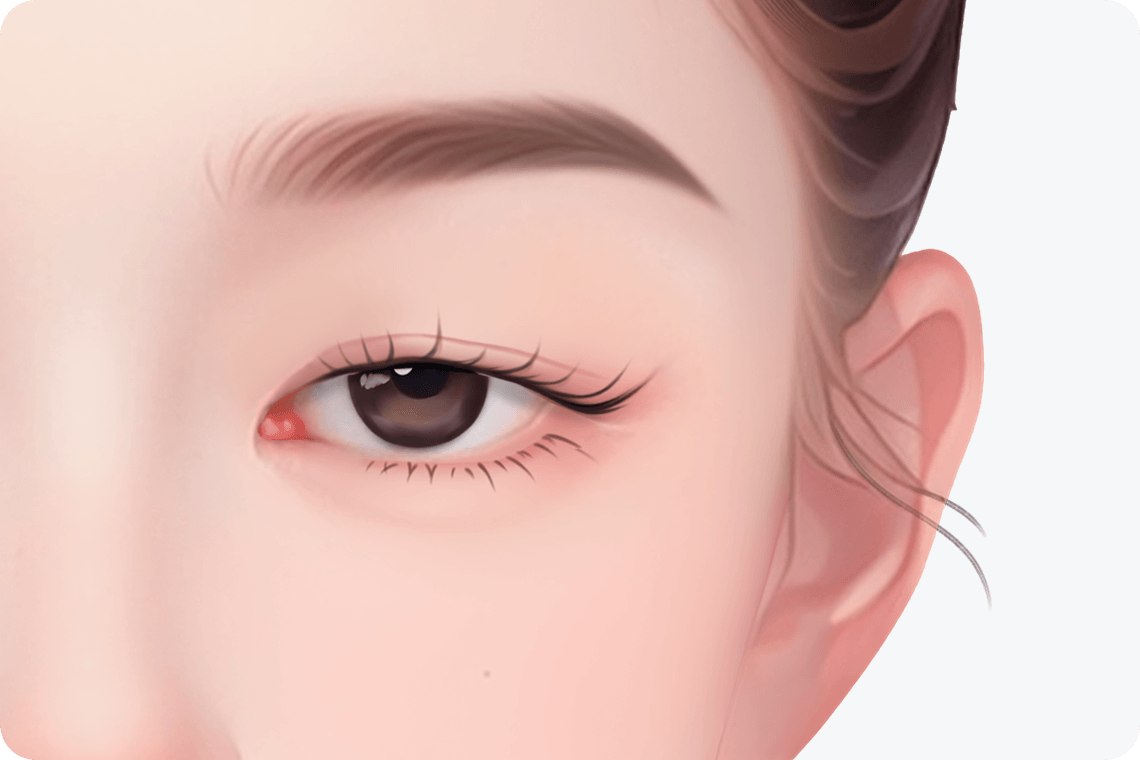How to treat drooping upper eyelid
Drooping upper eyelids generally refer to ptosis of the upper eyelid. In most cases, upper eyelid ptosis may be caused by factors such as genetics, aging, or excessive eye use. Besides improvement through warm compresses and local massage, treatment options also include full-incision double eyelid surgery, frontalis suspension surgery, and levator muscle shortening surgery. It is recommended to visit a reputable hospital and choose the appropriate method under medical guidance.
Symptom image of upper eyelid ptosis:

Analysis of surgical methods for correcting upper eyelid ptosis:
Cause |
Genetics |
Aging |
Excessive Eye Use |
Detailed Analysis |
Gene mutations leading to inadequate function of the levator palpebrae superioris muscle |
Loss of collagen and reduced skin elasticity with age |
Fatigue in ocular muscles and nerves, resulting in weak muscle contraction |
Surgical Method |
Full-Incision Double Eyelid Surgery |
Frontalis Suspension Surgery |
Levator Muscle Shortening Surgery |
Surgical Principle |
Removal of excess fat and skin to create a double eyelid fold |
Using the strength of the frontalis muscle to lift and support the upper eyelid |
Shortening the length of the levator muscle to enhance its lifting power |
Reference Price |
8,000–20,000 RMB per session |
5,000–15,000 RMB per session |
3,000–6,000 RMB per session |
Potential Risks |
1. Possible skin damage |
1. Possible hematoma formation |
1. Localized redness and swelling may occur |
Duration of Effect |
10–15 years |
3–10 years |
3–4 years |
After surgery, keep the surgical site clean and avoid getting it wet before suture removal. Maintain good hygiene around the eyes in daily life and avoid rubbing the eyes to promote eye health.










